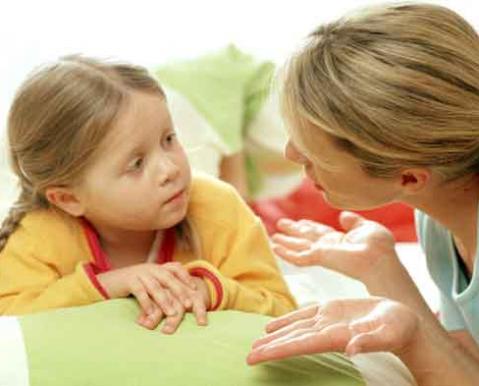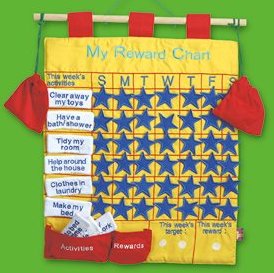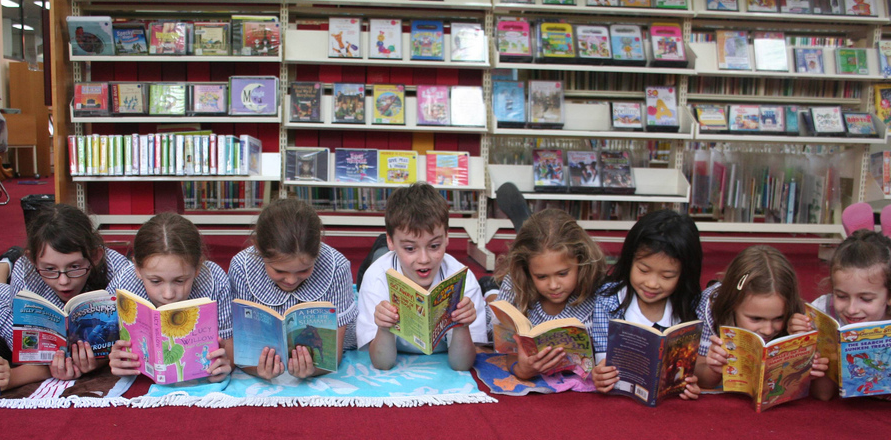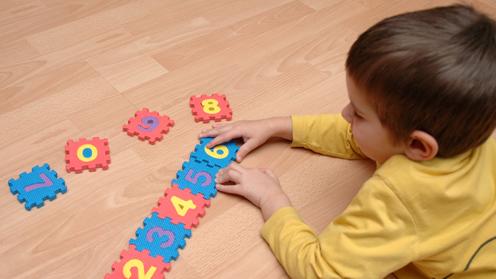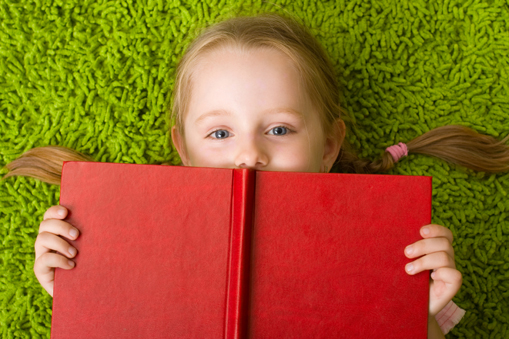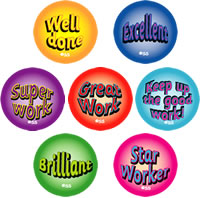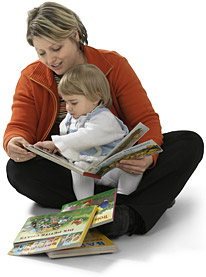Kids ask questions. Whenever they want, wherever they like. They ask because they are curious. They ask because they think you know.
If they knew that they can get those answers somewhere else, they would do that. (Let us face it, sooner or later that is bound to happen.)
The reason why we get irritated with kids and their questions is that, often, we do not know the answers. In addition we do not want to admit that we do not know. Either to the kid or to ourselves.
But there is a nice way out.
Let us imagine a scenario – my grandson has asked me a question about the stars. And I do not know the answer.
“Arhan, Thatha does not know the answer. What should we do?”
“I don’t know”
“Should we ask Amma about it? Or should we look up some book? Or may be the computer?”
“Computer?”
“OK, let us check the computer.. “
We sit together and I enter his question in my search window in the browser. As I type I keep talking about what I am doing.
“I now open my laptop and I click on this red, yellow, green and blue button. (That is the Chrome Icon). And now I have to type your question here..”
We search couple of sites and let us say we found what he wanted. The matter need not stop there.
“OK when Daddy gets back from work we will tell him about your question & how you found the answer. Shall we do that?”
“Yes”
“Will you tell him? Sometimes Thatha may forget things.”
“OK I will tell him.”
“What will you tell him?”
The experience is still fresh in his mind and Arhan would describe what we did, in his own words. Therefore he will remember it well
I could follow this up with a question to Arhan that evening, for which Arhan has no answer. So I ask “What do we do? You want try the computer?”. If he says yes, ask him tell you what to do.
Every time a child asks a question, there is a great opportunity to bond with the child and discover something together. It will be a shame to miss it.
Re-published with permission from the blog of ParentEdge, a bi-monthly parenting magazine that aims to expose parents to global trends in learning and partner with them in the intellectual enrichment of their children. This blog was written by Sridhar Ramanathan, Strategic Innovation Coach.
